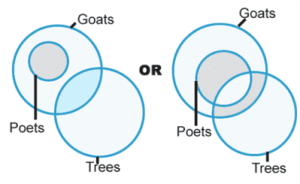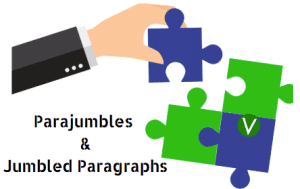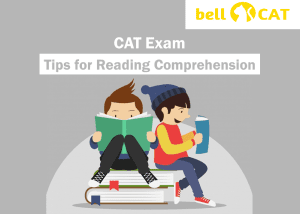CAT is one of the most competitive exams in India to get into MBA programs in IIM’s, IMT’s and as such. To acquire a good score overall, an aspirant must have a solid foundation in the topics, and Data Sufficiency is one such topic.
Data Sufficiency questions test a student on analytical abilities, problem-solving and logical reasoning. These questions don’t ask you to give a definite answer. However, it asks you if the Data given in the question is enough to find a definite answer.
Let me make it clear again.
Data Sufficiency questions ask you whether the Data given is enough to find a unique answer.
What does Data Sufficiency comprise of?
The Data Sufficiency questions asked widely covers the following topics:
- Number System
- Geometry
- Algebra
- Time, Speed, and Distance
- Mensuration
- Percentages
- Profit, Loss, and Interest Rates
- Permutation and Combinations
- Probability
- Ration and Mixtures
- Binomial Theorem
- Matrices
- Sequence and Series
- Complex Numbers
Now, there is a pattern in the questions asked in Data Sufficiency. They usually contain these elements:
- Two Statements —they may or may not contain sufficient data
- Instructions —these differ depending on the kind of question set
- Questions —these may or may not be direct questions related to the data asked
Before we dive into the approach to solve, we must be mindful of these tips:
- Read the question thoroughly and with utmost focus. If you don’t get it the first time, read it again. Make sure you understand what it is clearly asking you to do.
- Do not assume any data that is not already given in the question.
Let me repeat that again. Do not assume any data.
- Be completely familiar with the topics that fall under Data Interpretation and Logical Reasoning Section of the CAT Exam. The questions asked in Data Sufficiency are fairly simple, but that also means that students are more prone to make mistakes.
- Be extra careful when you’re answering questions in the affirmative, meaning having a definite answer for the statements. Many a time the answer is actually ‘no’, that is, Data Insufficient. So, choose an answer only when you’re sure. You’ll get a negative mark for each incorrect answer.
- Attempt the questions related to the topics you’re relatively confident in.
Approach for Data Sufficiency Questions:
Before we dive into the approach one must use to attempt these questions, let us consider the common model of the options asked.
The options are:
- The Data given only in Statement I (or II) is sufficient to answer the question.
- The Data given in both the Statements together is sufficient to answer the question.
- The Data given in neither of the Statements is sufficient to answer the question.
- The Data given in both the Statements independently is sufficient to answer the question.
These are usually the options that follow a Data Sufficiency question. However, one must not presume that the order of the options will be the same in the exam as they are here. Depending upon the examiner, the order of the options or the phrasing of the options changes. Reading the options clearly is mandatory.
Now, the typical approach we must follow:
1. Understanding the requirement of the question:
First, read the question and process what it is exactly asking you to do. Is it asking you to find a definite answer, as in, “What is the value of x?” or a true/false answer, as in, “Is Z a complex number here?”
If you don’t get it the first time, read it again. Then, read the statements. Does it have all the elements in order to find a solution? Is an element or a piece of information missing?
2. Consideration of each statement separately:
After understanding the questions and the information provided, read the statements given individually, without relating either of them to the other.
Read the Statement I, and ask yourself these:
- Does it have the required information to solve the question?
- Does it support itself alone and not relate to the other statement?
Narrow the options accordingly depending on the answers to the above questions.
Read the Statement II, and repeat the same again.
3. Consideration of each statement together:
If none of the statements individually are sufficient to solve the question, read and relate them to each other.
- Do they support the information given together?
- Does neither of them have the information to solve the question?
Depending upon the answer, the option can either be b or c.
We hope that you found this article helpful. If you have any more doubts, drop our CAT coaching Kolkata team a mail at bellingthecat2@gmail.com.






